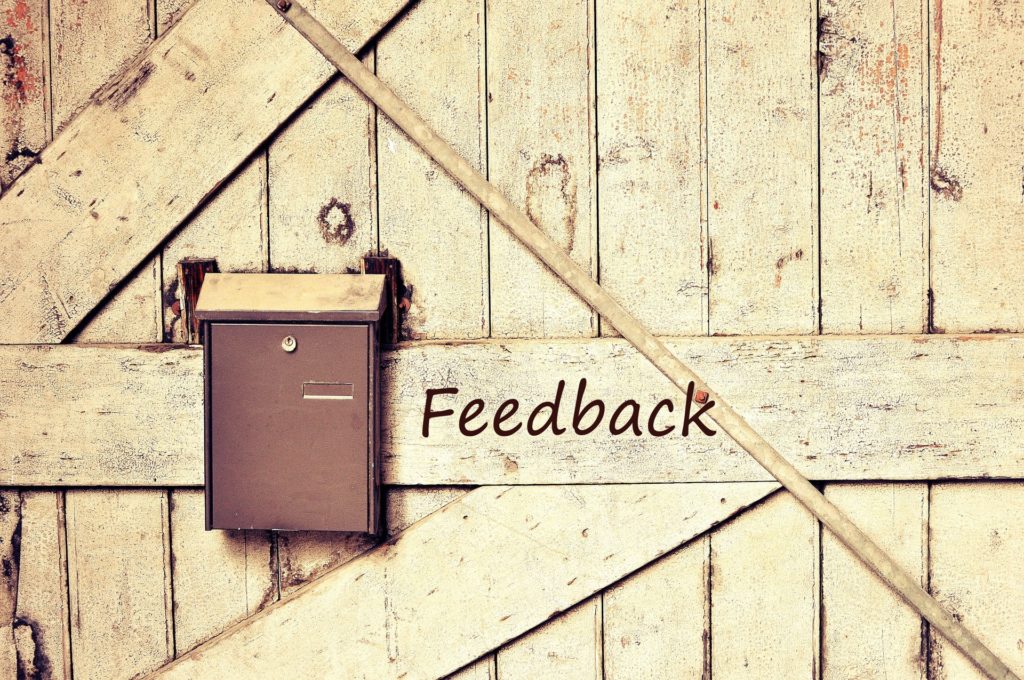
The customer may always be right, but sometimes the customer is a tough critic. While a five-star online rating sounds like a dream, it’s not realistic. We’re not trying to be negative, but even the Great Wall of China only has 4.2 stars. The good news is that, even if your business, product, or service receives bad reviews, you can use them in a constructive way.
On a five-star scale, bad reviews are considered two-star and below. In general terms, that’s anything less than a 40% rating. Those low reviews don’t have to be gut-wrenching, and they don’t even have to be detrimental to your business. Instead, we’re going to help you turn them into something positive. Before continuing, however, it’s important to remember that every business receives a bad review—whether they’re just beginning, or well-established. What matters the most is how you use those reviews in a constructive way.

The Importance of Bad Reviews
No, that isn’t a misprint—when handled properly, bad reviews are good for business. On a weekly basis, the average adult consumer shops online just as often as they take out the trash. And out of those avid online shoppers, 82% of them read online reviews, either sometimes or always.
Reviews are a consumer’s first introduction to your business—and it’s an important one, too. If you’ve ever researched a product or service before buying, you know what consumers are looking for. Will the product meet my need? Did it work well for others? And, of course, the most important: What was wrong with it? You certainly can’t ignore negative reviews, because the consumer sure isn’t.
Don’t Let Them Upset You
So, what do you do with a bad review? First and foremost, don’t let it upset you. The initial exposure can be shocking, so take a minute (or an afternoon!) to compose yourself if need be. Keep in mind that, while the negative reviews stand out the most, customers typically write more positive reviews than negative ones. New business also receive bad reviews early on in their establishment—disproportionately so. But over time, those negative reviews balance out and the positive overtake them.

Pay Attention to Consistent Feedback
Don’t take online ratings to heart—but don’t ignore them, either. In the big picture of customer feedback, only about 1.5% of customers write a review. Put another way, that’s 15 people for every 1,000. But if in that small pool, your customers are all consistently critiquing the same element of your product or same feature in your service, evaluate the benefits of addressing their complaint.
Your Target Audience Isn’t the Reviewer
Yes, you want every customer to have a good encounter with your business. But those negative reviewers aren’t your target audience—chances are, their mind is already made up. The folks you really want to reach are the 82% of online shoppers who research a product before buying. More specifically—the ones who read the bad reviews.
Perhaps the most shocking discovery is that 1- and 2-star reviews receive almost 300% more clicks than positive reviews. That means a potential customer is three times more likely to read your bad reviews than the good ones. And that can seriously affect their buying decision. In fact, 70% of buying experiences are based on how the customer feels they are being treated—and that goes for your prospects, too. When they see a business respond thoughtfully and genuinely to a complaint, it makes them feel heard, and improves your business’ rating—despite the negative feedback.
Responding to Bad Reviews

Short and Sweet
Of course, it requires tact to use bad reviews as a means to improve overall ratings. No matter who you’re responding too, always acknowledge the error—maybe a delayed shipment, wrong product, or something else entirely out of your control—and apologize. Remember, you’re also apologizing in advance to prospective buyers. No matter how much you disagree, this is the best decision for your business.
Keep the reply short, too. Don’t defend your product or business; that comes off as defensiveness. (Which either means the reviewer is right, or you don’t care about your customer. Neither is good!)
Take it Offline
If applicable, direct your customer to a complaint center or customer service agent. Provide a specific name, or direct line of contact to a manager when possible. Even if your reviewer doesn’t follow through, you’re demonstrating an openness to feedback.

Follow Up When Appropriate
In rare cases, you may follow up for an updated review. If you or a manager worked closely with the customer to resolved a problem—or you made updates to your product because the review was valid—it is appropriate to inform the customer, and request an updated review. However, do not take this approach with a reviewer who is nonresponsive; this will negatively impact your already negative review.
Conclusion
Bad reviews don’t have to be harmful to your business—on the contrary, properly handling the criticism can improve your online rating. It’s important to remember to respond, but not emotionally. Keep it simple, but let those reading the review know they can reach a person on the other end.
Do you use reviews when researching new products? What specifically do you look for?

